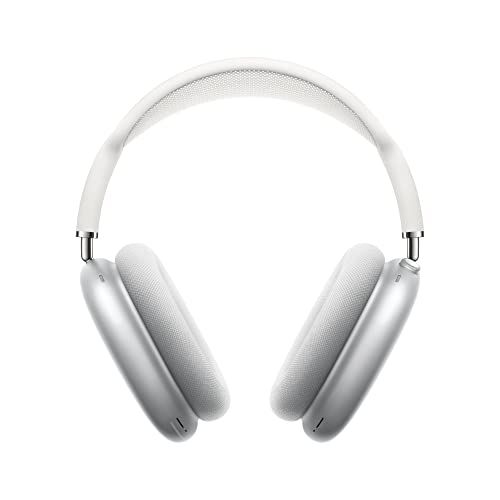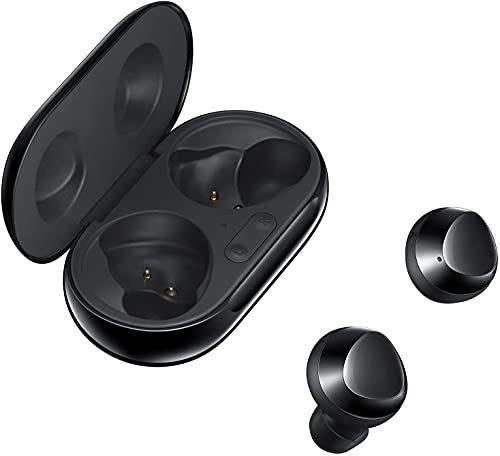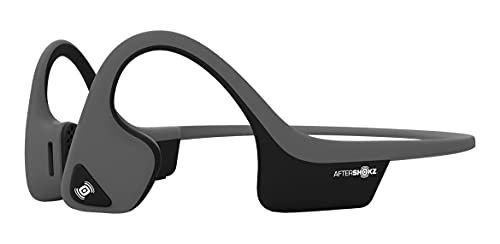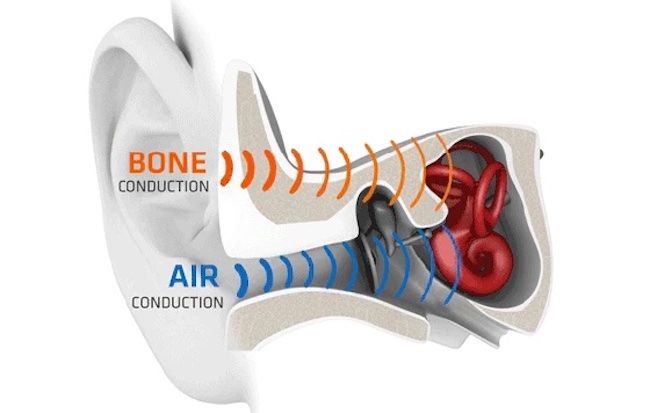Quick Links
Key Takeaways
Bone conduction headphones offer better comfort, long-term wear, communication with other people, and situational awareness than traditional headphones. This comes at the cost of music quality and noise cancellation or blocking.
Bone conduction headphones offer the promise of audio without cutting you off from the outside world. This made them great for work or workouts, but now that headphones have passthrough modes, are there any good reasons to still buy them?
The Basics of Bone Conduction
Bone conduction headphones send vibrations directly to your inner ear through the bones of your skull. Usually, transducers rest on or near your cheekbones, and to you, it sounds like the audio is coming through your ears.
Bone conduction headphones are comparable in price to wireless buds with audio passthrough features. This means you have to choose between them if you want to hear audio from a device while still getting sound from your surroundings.
Closed Headphone Passthrough Modes Aren't Great
Since regular headphones cover or fill the ear canal, they sometimes come with a passthrough feature, often called transparency mode, to let you hear your surroundings. Passthrough features work by using microphones on the exterior of the headphones to pipe audio into your ears through the headphones speakers. As you can imagine, the quality of this feature varies between different brands and models of headphones.

Apple AirPods Max
Apple high-end AirPods Max over-ear headphones may not have the best audio quality for the money, but taken as an overall package there's plenty of features and fidelity to make it worth the price of entry.
The passthrough audio on a pair of Apple Airpods Max is so good that it's indistinguishable from not wearing headphones. The passthrough quality on a pair of Samsung Galaxy Buds Plus is serviceable, but you probably don't want to spend a lot of time listening to the world filtered through them--it's only useful in short bursts of passthrough.

samsung galaxy buds plus
Incredible battery life, excellent sound, and a great price compared to the competition. If you're a Samsung user the Buds Plus are an easy recommendation, and if you're another type of Android user, the value proposition is just as good.
With bone conduction headphones, there's no passthrough. You simply hear as normal without headphones.
Bone Conduction Is Better For Long-Term Wear and Comfort
Whether you wear in-ear buds, on-ear headphones, or an over-ear model, things will get uncomfortable after some time. Whether it's from your ears getting hot and sweaty or the pressure the headphones exert on the inside or the sides of your head, headphones have a limit.
Bone conduction headphones don't go in your ears and don't have the sort of clamping force you get from traditional headphones. This makes it easier to wear them long-term, such as all day at the office. It also makes them more comfortable for physically-intense activities. Not to mention that they're much better at staying on your head than wireless buds!
Bone Conduction Can Bypass Some Hearing Impairments
Since bone conduction headphones bypass the outer ear and eardrums, they can be a better option for people with hearing impairments specifically affecting those structures. If you have such a hearing impairment, you should speak to your doctor about whether bone-conduction headphones will be helpful to you. Still, if you are a good candidate for this technology, it can improve activities like watching TV or making calls.
Bone Conduction Headphones Make You Look Present
Passthrough modes are great, but one issue is that other people don't know that you have it activated. To an outsider, you're wearing headphones, which can be considered rude or make the other person uncomfortable.
When you wear bone conduction headphones, it looks nothing like headphones, and your ears are visibly open to the outside world. So they are a better solution than regular headphones if you want to seamlessly transition between interacting with other people and the audio output from a device.
There Are Downsides to Bone Conduction
If you're considering buying a set of bone conduction headphones, you should be aware that, naturally, they have drawbacks compared to something like a pair of AirPods Pro.
First, the audio quality for music in particular is significantly lower than traditional headphones. These headphones don't recreate the same rich range of sound as most similarly-priced traditional headphones. That doesn't mean they sound bad in absolute terms, but if you're mainly concerned about getting the best music fidelity for your money, this technology isn't for you.
The other main drawback is that, unlike passthrough headphones, you have no option to block out sound from the rest of the world. So you'll have to live with whatever chatter or noise is in your environment, with no option for noise cancellation.
Should You Buy Bone Conduction Headphones?
If you can live with less audio fidelity and a total lack of noise cancellation, then the unique advantages of bone conduction headphones are hard to deny.
Equipped with a good set, you can stay hooked into whatever audio source you prefer all day in comfort, without cutting yourself off from the environment or other people.
If you're someone who's physically active, bone conduction headphones are the best option in every way apart from audio quality and noise cancellation. They'll stay on much more readily than wireless buds, and keep your ears cool and sweat-free.

Shokz Air Bone Conduction Wireless Bluetooth Headphones
The Shokz Air bone conduction headphones offer a great balance between features and quality, and are the perfect mid-range set to buy for anyone curious about bone conduction headphones.


